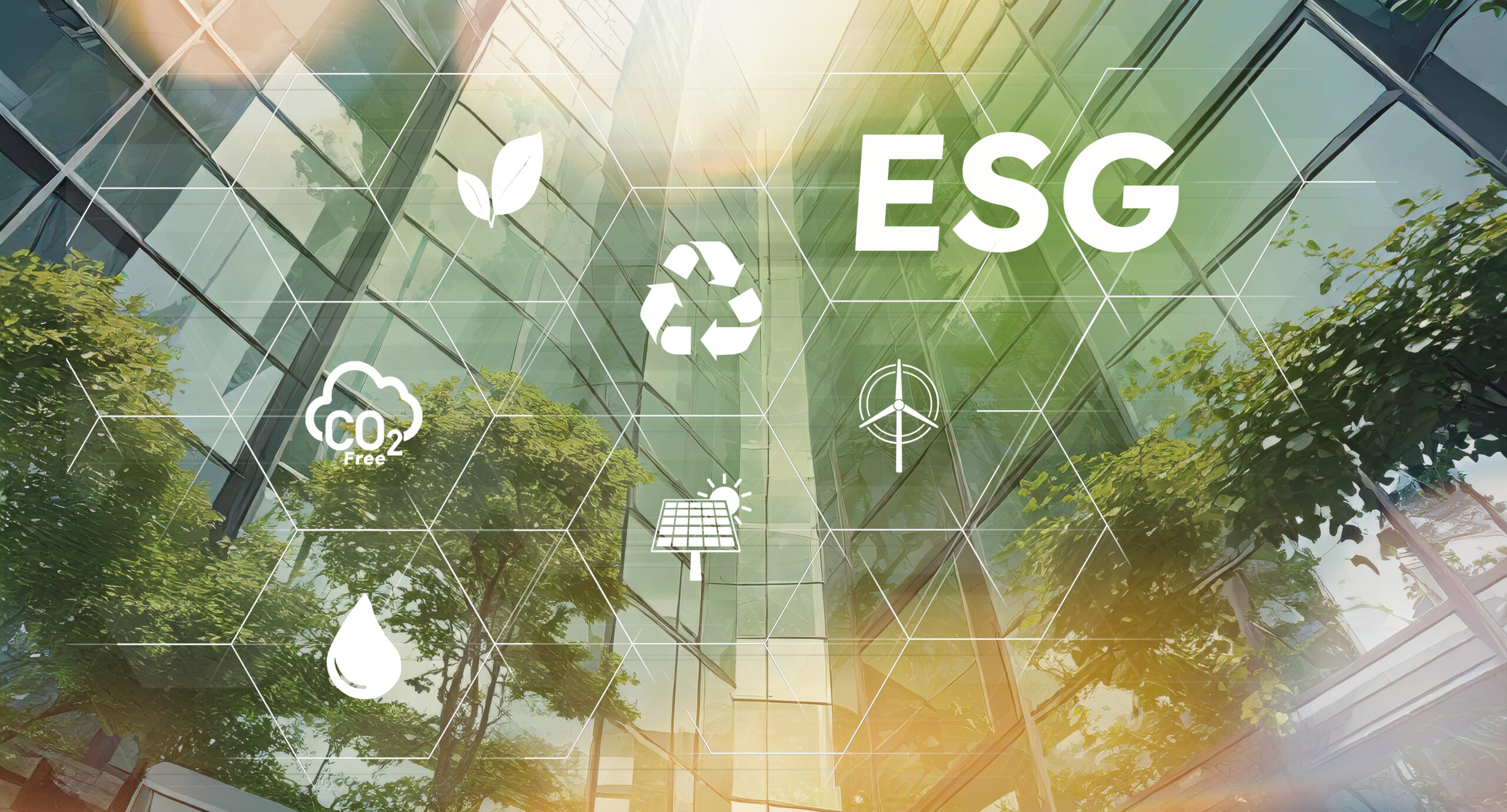In my years of experience in the real estate industry, I’ve seen many trends come and go. However, one that has captured my attention and continues to gain momentum is the shift toward sustainable real estate. As a real estate broker deeply invested in the future of the market, I believe that sustainability isn’t just a trend—it’s a fundamental shift in how we approach real estate development and investment. The growing focus on eco-friendly practices and sustainable design is reshaping the landscape of property investment, offering both opportunities and challenges that investors must navigate.
The Rise of Sustainable Real Estate
The concept of sustainable real estate has evolved significantly over the past decade. What was once a niche market is now becoming mainstream, driven by increasing awareness of environmental issues, government regulations, and changing consumer preferences. Today’s buyers and renters are more informed and conscious of their environmental impact, and they are seeking properties that align with their values.
Sustainable real estate involves more than just energy-efficient appliances or solar panels. It encompasses a holistic approach to building design, construction, and operation that minimizes environmental impact while maximizing resource efficiency. This includes everything from using sustainable materials and reducing waste during construction to implementing water conservation measures and ensuring that buildings are energy-efficient throughout their lifecycle.
In West Palm Beach, I’ve seen this shift firsthand. Developers are increasingly incorporating green building practices into their projects, not only to meet regulatory requirements but also to cater to the growing demand for sustainable properties. This trend is particularly evident in the luxury market, where buyers are willing to pay a premium for homes that offer both luxury and sustainability. From LEED-certified buildings to homes with advanced energy management systems, sustainable real estate is becoming a key selling point.
Opportunities in Sustainable Real Estate Investment
For investors, the rise of sustainable real estate presents a unique set of opportunities. One of the most compelling reasons to invest in sustainable properties is the potential for long-term value appreciation. As demand for eco-friendly homes and commercial spaces continues to grow, properties that meet or exceed sustainability standards are likely to command higher prices and attract more buyers. This is particularly true in markets like West Palm Beach, where the combination of a desirable location and sustainable design can significantly boost property values.
Moreover, sustainable properties often benefit from lower operating costs. Energy-efficient buildings consume less power, which translates into lower utility bills for owners and tenants. This can make sustainable properties more attractive to renters, especially in the commercial sector, where businesses are increasingly looking to reduce their carbon footprint and operational expenses. For investors, lower operating costs can also mean higher net operating income, which is a key factor in determining the return on investment.
Another significant opportunity lies in the potential for government incentives and tax breaks. Many local, state, and federal governments offer financial incentives for developers and property owners who invest in sustainable building practices. These incentives can include tax credits, grants, and low-interest loans, all of which can enhance the financial viability of a sustainable real estate investment. In some cases, these incentives can even offset the initial cost of implementing green building features, making sustainable properties more accessible to a broader range of investors.
Challenges in Sustainable Real Estate Investment
While the opportunities are promising, investing in sustainable real estate is not without its challenges. One of the primary challenges is the upfront cost. Sustainable building materials, energy-efficient systems, and green certifications can all add to the initial investment required for a property. Although these costs can be offset by long-term savings and potential incentives, they can still be a barrier for some investors, particularly those who are new to the market or working with limited capital.
In addition to the financial considerations, there is also the challenge of navigating the complex regulatory landscape. Sustainable real estate is governed by a variety of building codes, environmental regulations, and certification programs, all of which can vary by location. For example, obtaining a LEED certification for a building requires meeting specific criteria in areas such as energy efficiency, water conservation, and indoor air quality. Ensuring compliance with these regulations can be time-consuming and may require the expertise of specialized consultants or contractors.
Another challenge is the market’s relatively slow adoption of sustainable practices. While demand for sustainable properties is growing, it is still not universal. Some buyers and renters may prioritize other factors, such as location or price, over sustainability. This means that not all markets are ripe for sustainable investment, and investors must carefully assess the local demand before committing to a project. In areas where sustainable properties are not yet in high demand, it may take longer to see a return on investment.
The Future of Sustainable Real Estate
Despite these challenges, I believe that the future of real estate lies in sustainability. As climate change continues to impact our environment, the need for sustainable building practices will only become more pressing. This will likely lead to stricter regulations and higher standards for new developments, further driving the demand for sustainable properties.
For investors, this presents an opportunity to be at the forefront of a significant market shift. By investing in sustainable real estate now, you can position yourself to benefit from the growing demand for eco-friendly properties and the potential for long-term value appreciation. Additionally, as more developers and investors embrace sustainability, the cost of implementing green building practices is likely to decrease, making sustainable investment more accessible.
As I continue to explore the opportunities in sustainable real estate, I’m excited about the possibilities it offers. From creating healthier living environments to reducing our carbon footprint, sustainable real estate is about more than just financial returns—it’s about making a positive impact on our world. For those who share this vision, the future of real estate holds immense potential, and I look forward to being part of this transformative journey.
